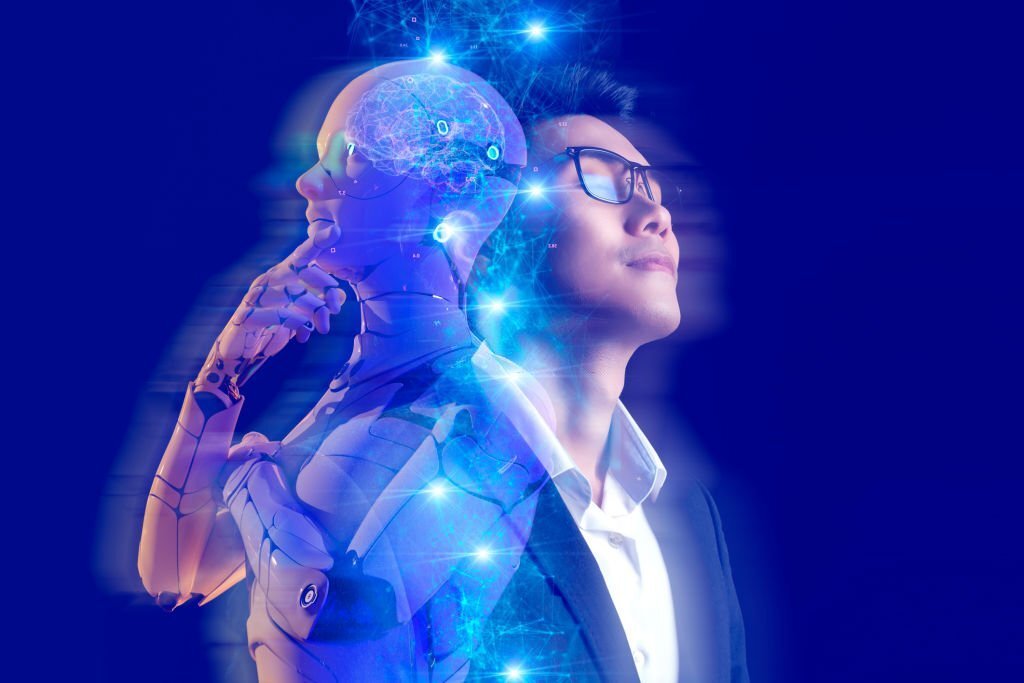Introduction
Witness the Transformative Power of AI Robots in Shaping the Future of Automation and Artificial Intelligence
In the ever-evolving landscape of technology, AI robots are emerging as game-changers, revolutionizing automation and pushing the boundaries of artificial intelligence. In this blog post, we embark on a journey to explore the rise of AI robots and delve into their implications for various industries and society as a whole. From understanding the fundamentals of AI robotics to examining advancements, applications, and the potential they hold, we uncover the transformative role of AI robots in shaping the future.
Understanding AI Robots:
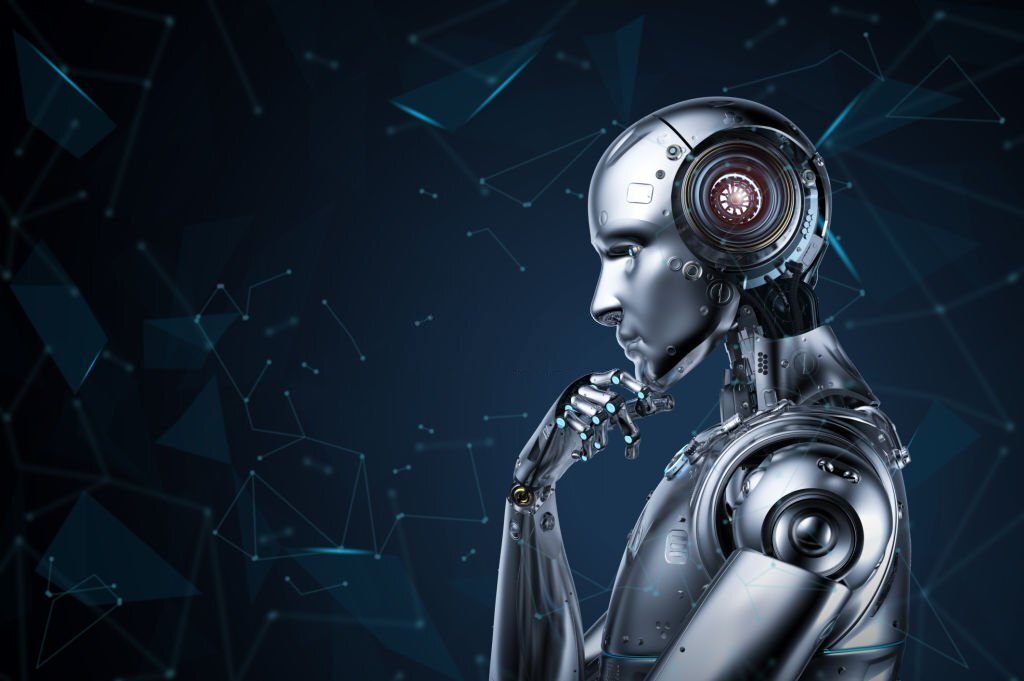
AI robots, also known as intelligent robots, are machines equipped with artificial intelligence capabilities that enable them to perceive, learn, reason, and interact with their surroundings. Unlike traditional robots, AI robots have the ability to adapt to dynamic environments and make decisions based on data analysis and learning algorithms. They combine the power of robotics and AI, creating a new breed of machines with enhanced capabilities and potential.
Advancements in AI Robotics:
The field of AI robotics has witnessed remarkable advancements in recent years. Breakthroughs in machine learning, computer vision, natural language processing, and other AI subfields have empowered robots with increased perceptual and cognitive abilities. AI robots can now analyze vast amounts of data, recognize objects and patterns, understand natural language, and make complex decisions in real-time. These advancements have opened up new possibilities for AI robots in various industries, propelling automation to unprecedented levels.
Applications of AI Robots:
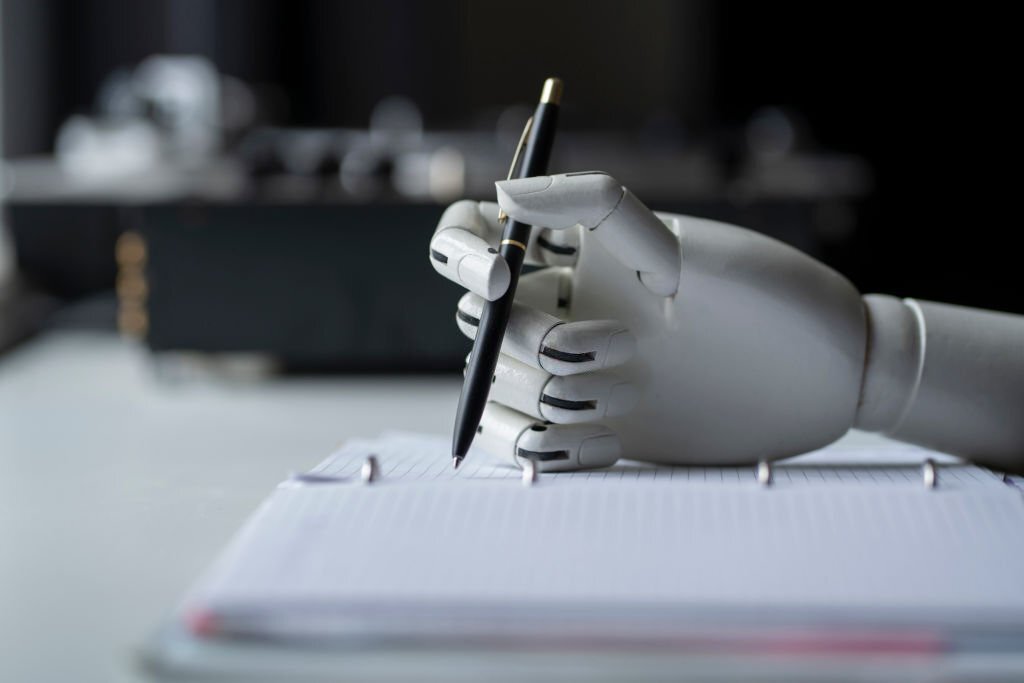
AI robots are making significant impacts across a wide range of industries. In manufacturing, they enhance efficiency and precision, automating repetitive tasks and improving production processes. In healthcare, AI robots assist in surgeries, provide companionship for the elderly, and aid in patient care. In agriculture, they optimize crop management, monitoring soil conditions and automating harvesting processes. Logistics and warehousing benefit from AI robots for inventory management and order fulfillment. These are just a few examples of how AI robots are revolutionizing industries and transforming the way we work.
Impact on Jobs and Workforce:
The rise of AI robots has sparked discussions about their impact on employment and the workforce. While some fear job displacement, the reality is more nuanced. AI robots have the potential to augment human capabilities rather than replace them. By automating mundane and repetitive tasks, AI robots free up human workers to focus on more complex and creative endeavors. This necessitates a shift in skills and the need for upskilling and reskilling to adapt to the changing work landscape driven by AI robotics.
Ethical Considerations and Challenges:
The integration of AI robots into society raises ethical considerations. Privacy concerns arise as AI robots collect and analyze vast amounts of data. The potential for bias and unfair decision-making algorithms also requires careful attention. Additionally, cybersecurity threats and the responsibility for ethical decision-making pose challenges that must be addressed to ensure the responsible development and deployment of AI robots.
The Future of AI Robots:
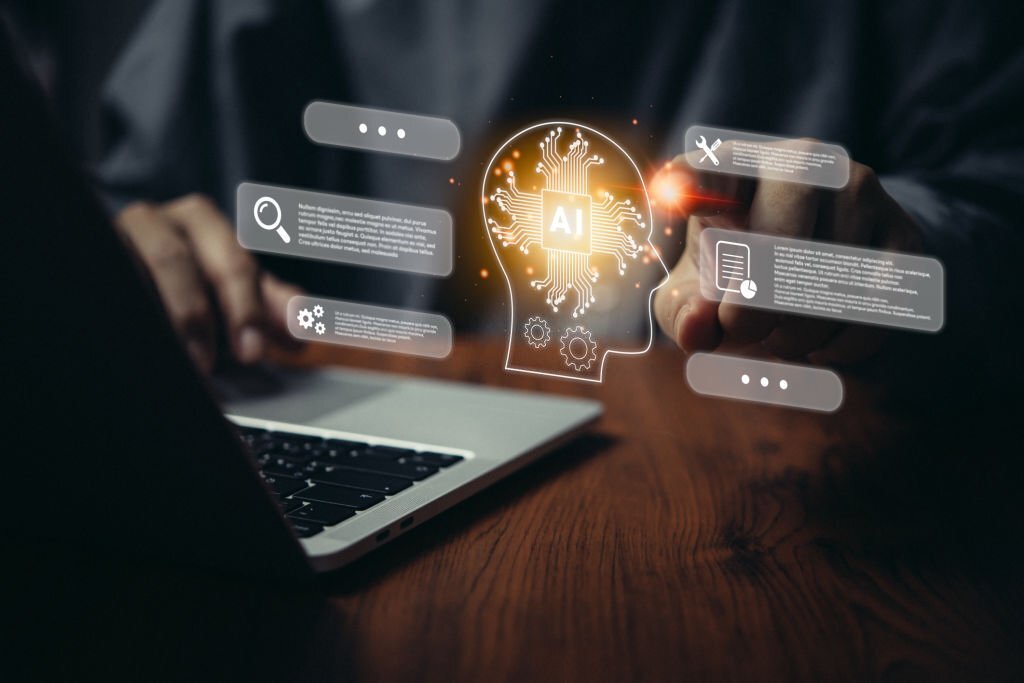
Looking ahead, the future of AI robots is brimming with possibilities. Swarm robotics, where multiple robots collaborate to perform complex tasks, holds promise in areas such as search and rescue missions. Social robots are being developed to interact with humans in various contexts, offering companionship and assistance. The integration of AI robots into our everyday lives, from homes to public spaces, is on the horizon. Continued research, collaboration, and open dialogue will shape the future of AI robots and their potential contributions to society.
Conclusion:
The rise of AI robots represents a pivotal moment in the realm of automation and artificial intelligence.
Their advancements, applications, and potential are transforming industries and revolutionizing the way we live and work. As AI robots continue to evolve, it is crucial to embrace their benefits while addressing ethical considerations and challenges. By staying informed, engaging in discussions, and actively shaping the development and deployment of AI robots, we can unlock their full potential and pave the way for a future where humans and intelligent machines coexist harmoniously. The era of AI robots is here, and it is up to us to harness their power for the betterment of society.
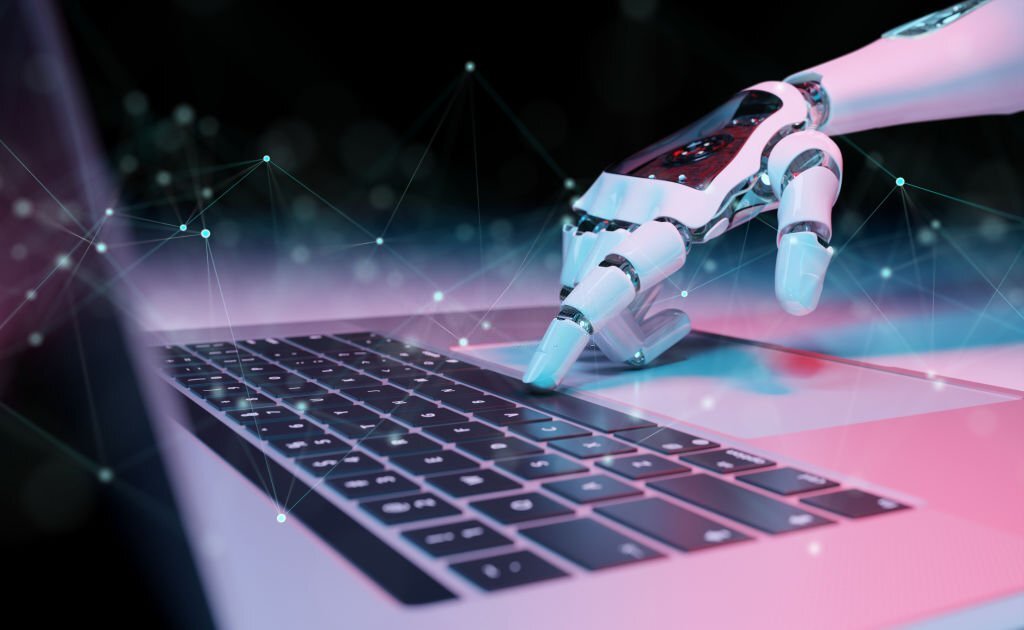
FAQ
Q1: What are AI robots?
AI robots, also known as intelligent robots, are machines equipped with artificial intelligence capabilities that enable them to perceive, learn, reason, and interact with their surroundings. They combine robotics and AI to perform tasks autonomously or in collaboration with humans.
Q2: What advancements have been made in AI robotics?
Advancements in AI robotics include breakthroughs in machine learning, computer vision, natural language processing, and other AI subfields. These advancements have empowered robots with increased perceptual and cognitive abilities, enabling them to analyze data, recognize objects, understand language, and make complex decisions in real-time.
Q3: In which industries are AI robots being used?
AI robots have applications across various industries. They are used in manufacturing for automation, healthcare for surgeries and patient care, agriculture for crop management, logistics for inventory management, and more. Their versatility allows them to tackle tasks that range from repetitive to complex, optimizing processes and improving efficiency.
Q4: How do AI robots impact jobs and the workforce?
AI robots have the potential to augment human capabilities rather than replace jobs entirely. By automating repetitive and mundane tasks, they free up humans to focus on more complex and creative endeavors. This shift in the workforce requires upskilling and reskilling to adapt to new roles and collaborate effectively with AI robots.
Q5: What ethical considerations are associated with AI robots?
Ethical considerations surrounding AI robots include concerns about privacy, as they collect and analyze large amounts of data. There is also a need to address potential bias in decision-making algorithms and ensure responsible use of AI technology. Ethical frameworks and regulations are necessary to navigate these challenges and promote responsible development and deployment of AI robots.
Q6: What does the future hold for AI robots?
The future of AI robots is full of potential. Concepts like swarm robotics and social robots offer exciting possibilities. Swarm robotics enables multiple robots to collaborate on complex tasks, while social robots aim to interact with humans in various contexts. The integration of AI robots into everyday life, from homes to public spaces, is a promising direction for the future.
Q7: How can we shape the future of AI robots?
Shaping the future of AI robots requires ongoing research, collaboration, and open dialogue. It involves addressing ethical considerations, fostering responsible development, and ensuring that AI robots align with societal values. Active engagement, informed discussions, and participation in shaping policies and guidelines can help harness the potential of AI robots for the benefit of society.
These FAQ answers provide key information related to the rise of AI robots, addressing common questions readers may have about AI robots’ definition, advancements, applications, impact on jobs, ethical considerations, and future outlook. They aim to offer concise explanations and insights to help readers gain a better understanding of AI robots and their implications.
